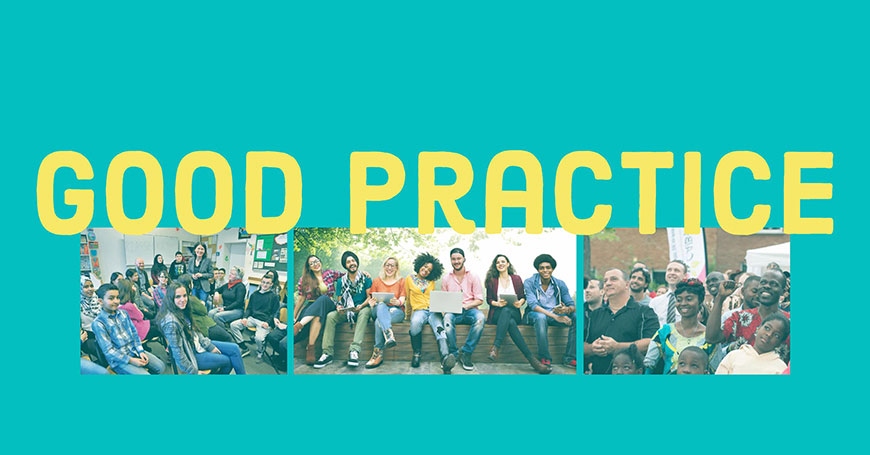Intercultural cities: good practice examples

The first step is the adoption (and implementation) of strategies that facilitate positive intercultural encounters and exchanges, and promote equal and active participation of residents and communities in the development of the city, thus responding to the needs of a diverse population. The Intercultural integration policy model is based on extensive research evidence, on a range of international legal instruments, and on the collective input of the cities member of the Intercultural Cities programme that share their good practice examples on how to better manage diversity, address possible conflicts, and benefit from the diversity advantage.
This section offers examples of intercultural approaches that facilitate the development and implementation of intercultural strategies.
First Welcome
Purpose: The city is applying an intercultural approach to dealing with welcoming newcomers, via a two-stage process. The First Welcome deals with the basic issues of identification, certification,...
Having Faith in Lewisham
Purpose: Putting faith groups at the heart of community building Stimulus/Rationale: A large number of residents subscribe to a religion and of the rapidly growing number of faith groups (over...
Centre for Conflict Mediation
Purpose: The intervention is aimed at managing conflicts arising from neighbourly relations and proximity between people and is intended to improve social relationships so there is an alternative...


